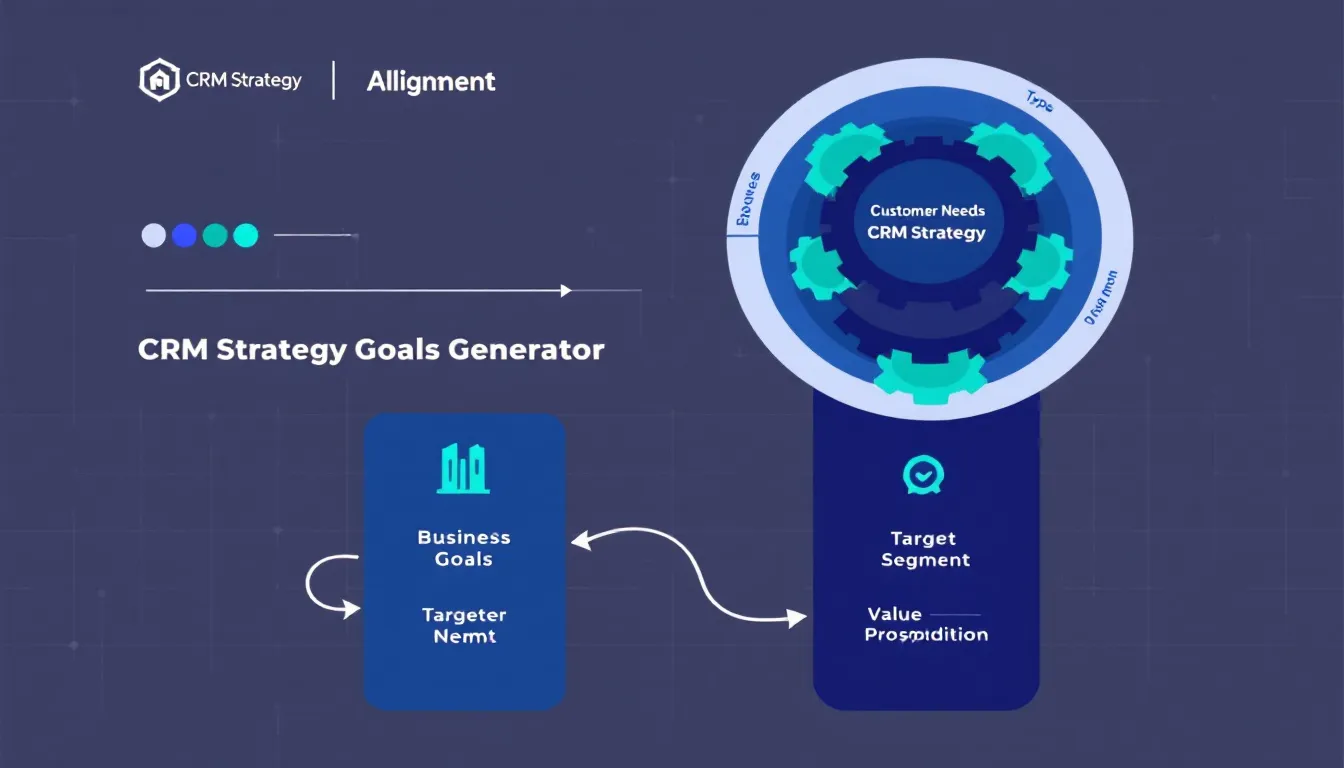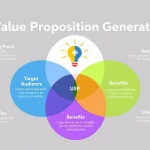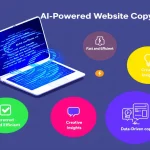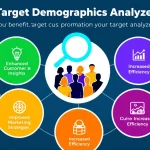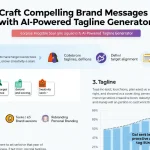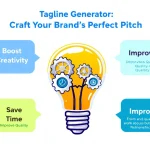Is this tool helpful?
How to Use the CRM Strategy Goals Generator Tool Effectively
To maximize the value from this CRM Strategy Goals Generator Tool, follow these step-by-step instructions for each input field:
1. Business Type or Industry
Enter your specific business sector. Be precise and detailed.
- Example 1: “Boutique fitness studio specializing in personalized training”
- Example 2: “Premium organic skincare manufacturer and retailer”
2. Target Customer Segment
Define your primary audience demographics and characteristics.
- Example 1: “Health-conscious urban professionals, ages 28-45, with disposable income”
- Example 2: “Environmentally conscious women, ages 30-55, interested in clean beauty”
3. Unique Value Proposition
Detail your key differentiators and competitive advantages.
- Focus on specific, measurable benefits
- Include both tangible and intangible advantages
4. Current CRM Challenges (Optional)
List specific pain points in your customer relationship management.
5. Business Objectives (Optional)
Outline your strategic goals and desired outcomes.
Understanding the CRM Strategy Goals Generator
This advanced tool helps businesses develop targeted, effective Customer Relationship Management (CRM) strategies by analyzing input data and generating customized strategic goals. It combines industry best practices with specific business contexts to create actionable objectives.
Key Benefits of Using the CRM Strategy Goals Generator
1. Strategic Alignment
- Ensures CRM goals align with overall business objectives
- Creates coherence between customer service and business strategy
- Facilitates better resource allocation
2. Customer-Centric Focus
- Develops goals based on specific customer segment needs
- Enhances customer experience planning
- Improves customer retention strategies
3. Competitive Advantage
- Leverages unique value propositions effectively
- Identifies market differentiation opportunities
- Strengthens brand positioning
Practical Applications and Use Cases
Retail Industry Example
A multi-channel clothing retailer used the tool to develop these CRM goals:
- Implement personalized product recommendations based on purchase history
- Create an omnichannel customer service experience
- Develop a loyalty program with tiered benefits
B2B Service Provider Example
A software consulting firm generated these strategic objectives:
- Establish automated client touchpoint systems
- Create industry-specific engagement protocols
- Develop client success metrics and monitoring systems
Problem-Solving Capabilities
1. Customer Segmentation Challenges
The tool helps businesses:
- Define clear customer personas
- Identify segment-specific needs
- Create targeted engagement strategies
2. Communication Strategy Development
Users can:
- Determine optimal communication channels
- Design personalized messaging approaches
- Plan customer journey touchpoints
Strategic Implementation Guidelines
Short-term Implementation
- Focus on quick wins identified by the tool
- Establish baseline metrics for tracking
- Train team members on new processes
Long-term Strategy Development
- Create phased implementation plans
- Develop feedback loops for continuous improvement
- Build scalable processes
Frequently Asked Questions
Q: How often should I update my CRM strategy goals?
Review and update your CRM strategy goals quarterly, with a comprehensive annual review to ensure alignment with changing business conditions and customer needs.
Q: Can this tool be used for both B2B and B2C businesses?
Yes, the tool is designed to accommodate both B2B and B2C business models, generating relevant goals based on your specific business type and customer segment.
Q: How do I prioritize the generated CRM goals?
Prioritize goals based on their potential impact on customer satisfaction, resource availability, and alignment with your current business objectives.
Q: Should startups use this tool differently than established businesses?
Startups should focus more on customer acquisition and relationship building goals, while established businesses might prioritize retention and loyalty enhancement strategies.
Q: How can I measure the success of implementing these CRM goals?
Track key performance indicators (KPIs) such as customer satisfaction scores, retention rates, lifetime value, and engagement metrics aligned with your specific goals.
Q: Can I use this tool for multiple business units or product lines?
Yes, you can generate separate strategies for different business units or product lines by completing the tool for each specific segment or division.
Best Practices for Implementation
1. Goal Setting Framework
- Set SMART (Specific, Measurable, Achievable, Relevant, Time-bound) objectives
- Align goals with available resources
- Create clear implementation timelines
2. Team Alignment
- Share generated goals with all stakeholders
- Define clear roles and responsibilities
- Establish regular progress review meetings
3. Performance Monitoring
- Implement tracking systems for each goal
- Create feedback mechanisms
- Regular progress assessments
Important Disclaimer
The calculations, results, and content provided by our tools are not guaranteed to be accurate, complete, or reliable. Users are responsible for verifying and interpreting the results. Our content and tools may contain errors, biases, or inconsistencies. We reserve the right to save inputs and outputs from our tools for the purposes of error debugging, bias identification, and performance improvement. External companies providing AI models used in our tools may also save and process data in accordance with their own policies. By using our tools, you consent to this data collection and processing. We reserve the right to limit the usage of our tools based on current usability factors. By using our tools, you acknowledge that you have read, understood, and agreed to this disclaimer. You accept the inherent risks and limitations associated with the use of our tools and services.
